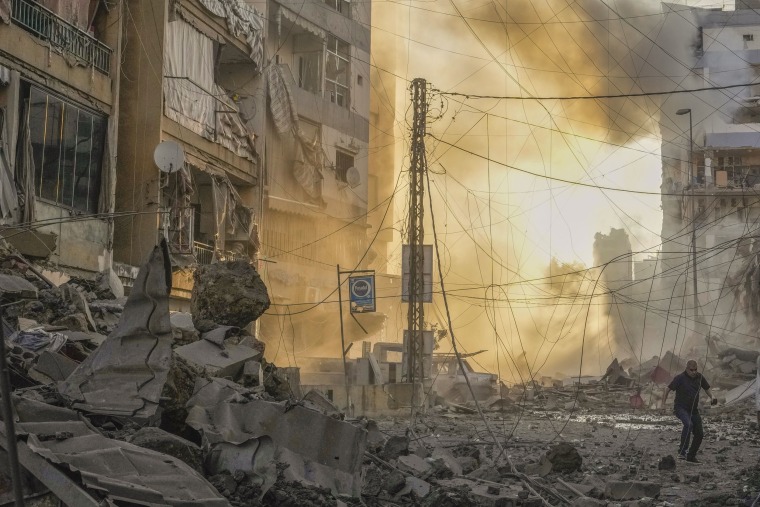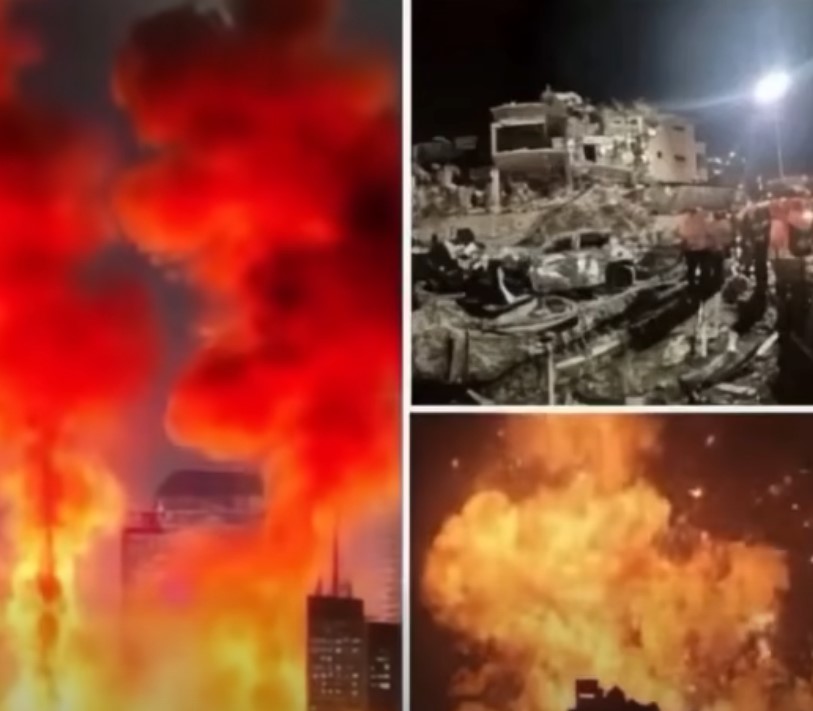For decades, the Middle East has been defined by layers of diplomacy, rivalry, and shifting alliances. Yet even within a region familiar with uncertainty, the past twenty-four hours have carried a particularly uneasy tone. What began as subtle concern in diplomatic circles has now become a tightly monitored situation, as Israel’s sudden pause in certain military operations has triggered a pointed warning from Tehran. Analysts and policymakers worldwide are watching closely, unsure whether this moment signals routine political signaling or the early stages of a deeper, more complex confrontation.
The sequence of events has unfolded quickly, catching many observers off guard. Early in the morning, Israeli officials confirmed a temporary cessation of activity in a contested area. The announcement came without detailed explanation, which is unusual in such situations and immediately raised questions among international observers. Within hours, Iranian state-linked outlets released a short but firm message warning against what they described as “continuing provocations.” Although brief, the statement was enough to prompt heightened alert levels in several countries and send defense planners into the kind of quiet preparation that typically precedes important policy decisions.
Escalating Tensions Amid Unclear Intentions

At the heart of the current tension are several events from recent weeks. Israel had conducted air operations in locations associated with security risks, according to official sources. In parallel, a series of cyber incidents targeted multiple infrastructures across the region. While attribution in cyber activity is often complicated, some early analyses from Western cybersecurity firms suggested possible links to groups believed to operate with support from Iranian networks. These developments created an environment where even small signals could be interpreted as meaningful steps in a larger strategic chess match.
What complicates the situation further is that both Israel and Iran have a long history of using indirect messages, strategic pauses, and symbolic gestures to communicate intent. Analysts emphasize that not every warning or temporary halt indicates imminent escalation. Sometimes these actions are intended to prompt diplomatic engagement or to send signals to domestic audiences. However, the combination of recent air activity, cyber incidents, and unusually direct language from Tehran has created a sense of heightened vigilance.
International Reaction: Quiet but Focused
In Washington, senior officials at the Pentagon increased readiness levels at several strategic bases across the Middle East. These adjustments were described as “precautionary,” part of a standard playbook used whenever intelligence suggests a possible shift in regional dynamics. U.S. defense officials have been in regular communication with NATO members, ensuring coordination and sharing assessments of the situation.
Despite rising concerns, no evacuation orders have been issued for U.S. personnel abroad. Instead, authorities have emphasized staying prepared, maintaining secure communications, and monitoring developments hour by hour. A White House spokesperson confirmed that a formal statement is expected soon, reminding the public that early interpretations can be misleading and that verified information should guide public reaction.
European governments have adopted similarly cautious stances. Several foreign ministries issued brief advisories encouraging travelers in the region to stay informed and to follow local security recommendations. Diplomats from France, Germany, and the United Kingdom have reportedly been in private talks with both regional and transatlantic partners, seeking clarity on recent actions and exploring potential avenues for de-escalation.
Calls for Measured Analysis

Security analysts, academic experts, and policy researchers are offering varied interpretations of Iran’s warning. Some believe the message is part of a broader strategy of signaling—an attempt to shape international perception or influence decisions regarding cyber defense, sanctions, or diplomatic negotiations. Others suggest the warning reflects genuine frustration over recent developments and a desire to assert control over the narrative.
A growing segment of experts has also pointed out that the region is entering a period of political transition, where internal and external pressures may influence how messages are crafted and delivered. They argue that misreading signals could create unnecessary tension. This is why many are urging leaders to avoid reactive statements that could escalate public concern.
Several think tanks have released preliminary briefings advising governments to focus on verification rather than speculation. These reports highlight how quickly misinformation can spread—especially during periods of heightened sensitivity—and emphasize that narratives built on unconfirmed details can complicate diplomatic efforts.
The Role of Cyberactivity

While traditional military activity often receives the most attention, cybersecurity professionals warn that the digital landscape may be equally significant in the current situation. Recent cyber incidents targeting infrastructure systems have raised alarms about vulnerabilities in energy, transportation, and communication networks.
Experts stress that cyber engagements can carry substantial consequences, not only for governments but also for businesses and private citizens. Unlike traditional operations, cyber incidents often unfold quietly, without visual indicators. Their impact can be difficult to assess in real time, which is why national security agencies across several countries are reinforcing digital defenses, reviewing threat detection systems, and coordinating closely with international cybersecurity coalitions.
There is an emerging consensus that cyber strategies may play a major role in the ongoing dynamic between Israel and Iran. While attribution remains technically challenging and politically sensitive, the timing of recent cyber events has drawn particular scrutiny.
Social Media and the Spread of Unverified Claims

As tensions rose, social media platforms saw a surge in posts speculating about motives, potential outcomes, and alleged “insider information.” Much of this content lacked verification, prompting local and international authorities to issue repeated reminders to rely on trusted sources.
Communication experts warn that misinformation during moments of uncertainty can cause unnecessary alarm and make coordinated responses more difficult. Government agencies have encouraged individuals to turn on official alert notifications, follow credible news organizations, and avoid resharing unverified claims.
The rapid spread of rumors in the digital age highlights the importance of transparent communication from governments. Several officials, including those in the U.S., have committed to issuing timely updates should the situation evolve.
Behind the Scenes: Diplomatic Channels at Work
Even as public attention focuses on military and cyber components, diplomacy remains a crucial element. Quiet conversations are taking place among regional leaders, international partners, and security advisers. The objectives vary—from clarifying intent to reducing the risk of misinterpretation—but the overarching goal is to prevent the situation from deteriorating.
Diplomats familiar with Middle Eastern politics note that tensions, while serious, can sometimes create opportunities for renewed dialogue. The fact that both Israeli and Iranian signals remain primarily verbal at this time is seen by some analysts as a chance for mediation.
A Region Balancing on Uncertainty
As the situation continues to unfold, the Middle East remains in a delicate position. The next moves—whether diplomatic, cyber-related, or political—will determine whether tensions ease or intensify. Governments and security agencies around the world are watching closely, planning for multiple outcomes, and hoping that careful decision-making prevails.
For now, the emphasis remains on caution, clear communication, and collective responsibility. In a region where misunderstandings can quickly escalate, measured reactions are essential.
Conclusion
The coming days will be critical in determining how the situation develops. While uncertainty remains, global leaders are encouraging calm, dialogue, and thoughtful analysis. The hope is that through careful diplomacy and responsible communication, the region can avoid further instability and instead move toward renewed engagement.
As events evolve, staying informed through credible sources will be vital. The world is watching—carefully, cautiously, and with the hope that restraint will guide the path forward.

